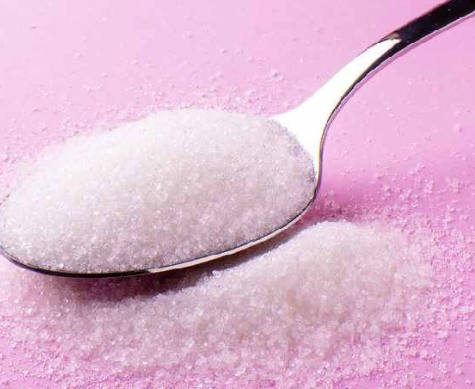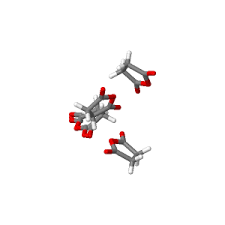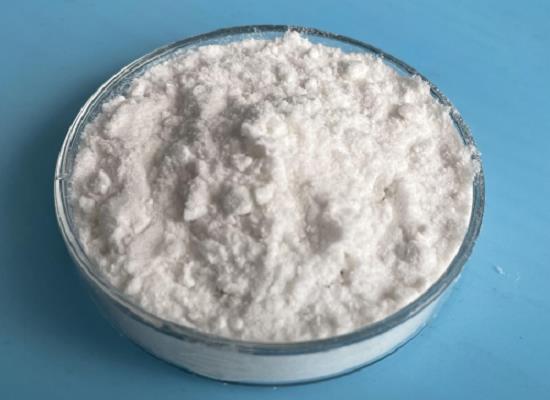Succinic Anhydride: Applications in Surface Modification and Sustainable Production
Succinic anhydride is an organic compound with a chemical formula of C4H4O3. It is a white crystalline powder, slightly soluble in water and ether, and soluble in chloroform, carbon tetrachloride, and ethanol. It is mainly used to manufacture analgesics, diuretics, analgesics, antipyretics, anti-inflammatory drugs, contraceptives, anticancer drugs and other drugs; pesticides can be used to manufacture fungicides, insecticides, plant growth regulators, etc.
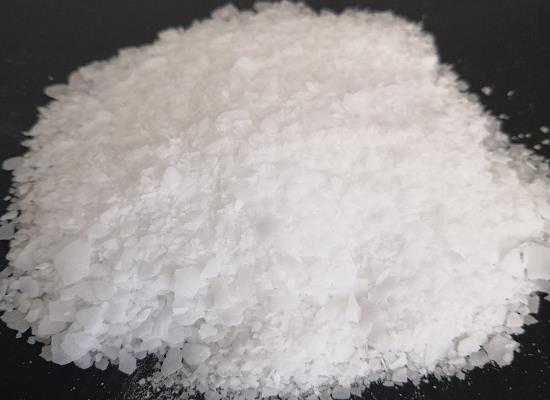
Figure 1. Succinic Anhydride
Production method
Succinic anhydride can be prepared by decarboxylation of succinic acid. Usually, the succinic acid solid is heated and dried to a dehydrated state, and then a catalyst such as phosphoric acid or peroxide is added to react at high temperature. This process will produce a charred product, and the reaction product needs to be filtered and separated.
Applications
Succinic anhydride is a food processing aid specified in GB2760-90, used in the synthesis of medicines, pesticides, esters, and resins, and can also be used to synthesize succinic acid and analytical reagents. In the synthetic resin industry, it can be used to make alkyd resins and ion exchange resins, in the plastics industry, it can be used to make glass fibers, and in the pesticide industry, it can be used to make plant growth regulators, etc. In the organic industry, succinic anhydride is used as an intermediate in the synthesis of organic compounds.
Succinic anhydride has a wide range of applications and has the potential for sustainable production. It is an important platform chemical in the bioeconomy. The shift from petrochemical production to microbial fermentation of renewable resources is a step towards a more sustainable and environmentally friendly chemical industry. Continuous research and technological progress are essential to fully realize the potential of succinic anhydride in the circular economy.
Related articles And Qustion
See also
Lastest Price from Succinic anhydride manufacturers

US $0.00/kg2025-09-26
- CAS:
- 108-30-5
- Min. Order:
- 1kg
- Purity:
- 99.5%
- Supply Ability:
- 200tons
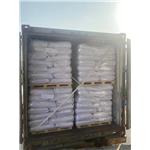
US $2.00/kg2025-08-15
- CAS:
- 108-30-5
- Min. Order:
- 1kg
- Purity:
- 99.9% min
- Supply Ability:
- 5000mt

